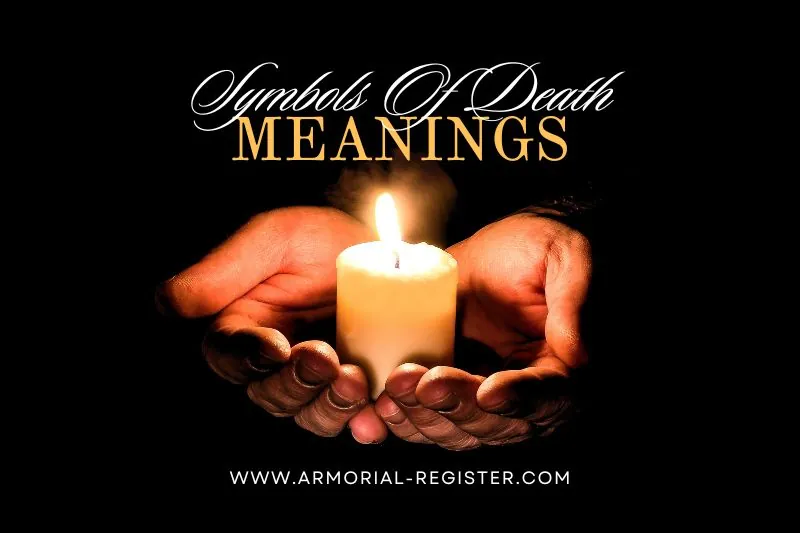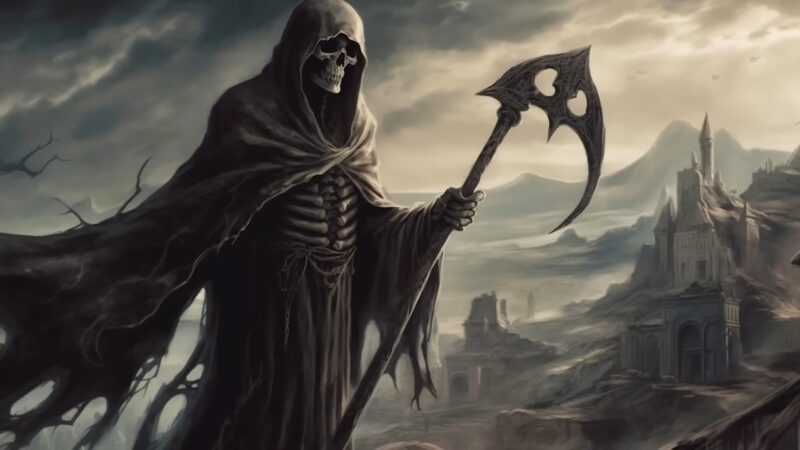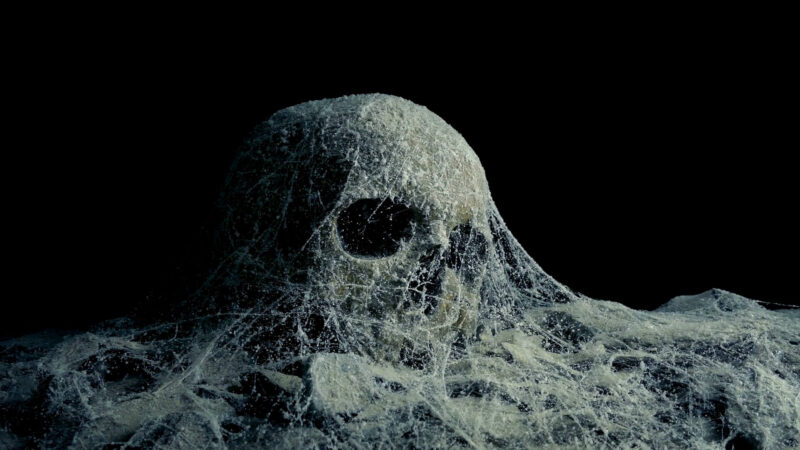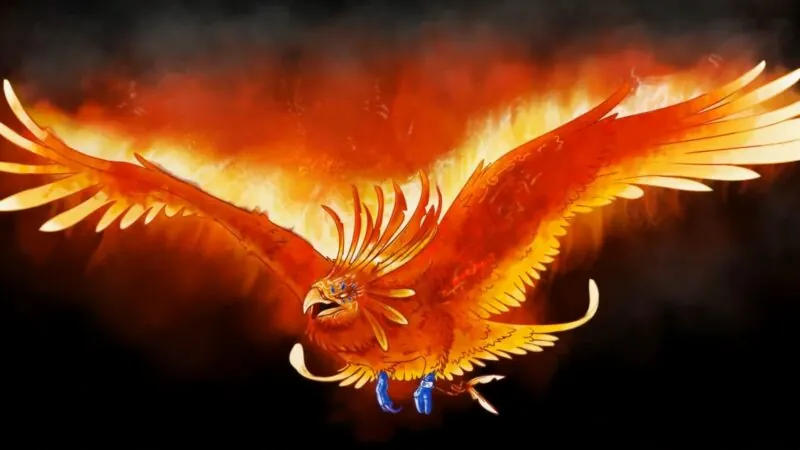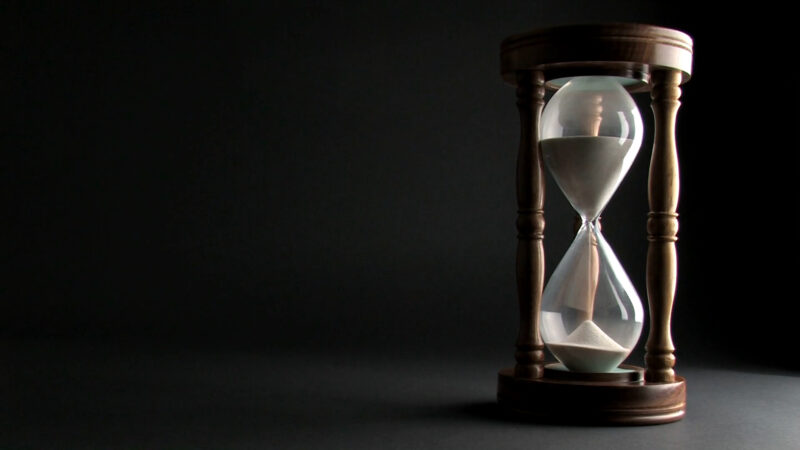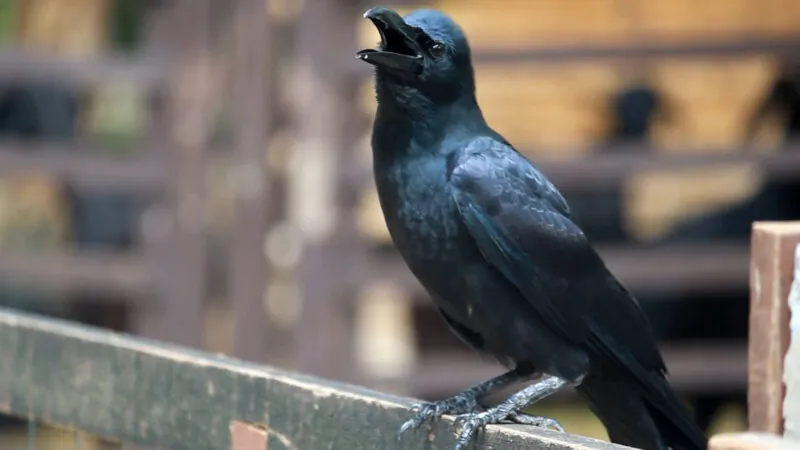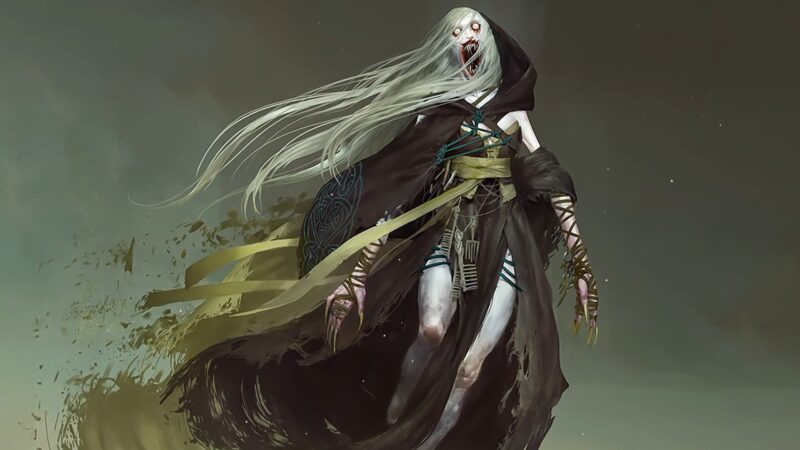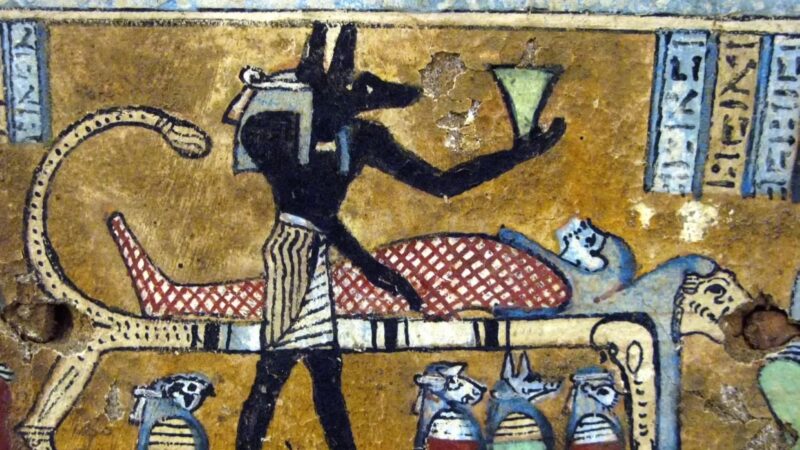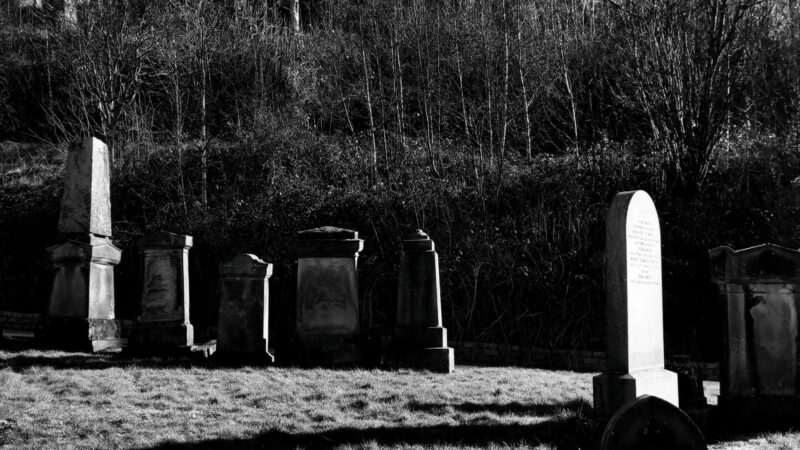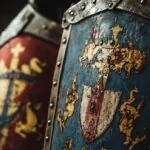Deathly symbols have always held a powerful place, weaving threads of meaning and tradition into the fabric of our mortal existence. Among these symbols, those associated with death stand out for their potent imagery and deep significance.
Death, as a universal experience, transcends cultural and temporal boundaries, carrying with it a rich lexicon of symbols that speak to our deepest fears, hopes, and mysteries.
This exploration looks into ten of these enigmatic symbols, each a key unlocking the manifold aspects of death’s eternal dance.
10. The Grim Reaper
Cloaked in mystery and darkness, the Grim Reaper stands as a towering figure in the pantheon of death symbolism. This skeletal specter, garbed in a black cloak, wielding a scythe, is a vivid personification of death in many Western cultures.
The scythe, a tool traditionally used for reaping crops, metaphorically cuts down lives, harvesting souls for their journey into the afterlife.
The Reaper’s skeletal visage reminds us of our own mortality, a stark representation of what remains after life has fled.
Emerging from medieval Europe during times of widespread plague and war, the Grim Reaper continues to be a potent reminder of death’s inevitability and the great equalizer among humans.
9. The Skull and Crossbones
A symbol that evokes both fear and fascination, the skull and crossbones has long been associated with death and danger.
Originating from the Late Middle Ages, it was initially used on tombstones to denote the grave beneath.
Over time, this emblem found its way onto pirate flags, known as the Jolly Roger, signaling death and the threat of violence to those who encountered it. In modern contexts, it warns of toxic substances and mortal peril.
The skull, with its empty eye sockets, speaks of the void left by the departed soul, while the crossbones underscore the finality of death.
8. The Phoenix
In stark contrast to the grim symbols that often represent death, the phoenix offers a luminous beacon of hope. This mythical bird, arising from the ashes of its predecessor, symbolizes death and rebirth, the perpetual cycle of life, destruction, and renewal.
Found in various ancient cultures, including Egyptian and Greek mythology, the phoenix embodies the belief in afterlife and resurrection, a comforting reminder that from death comes new life.
7. The Hourglass
Time’s relentless march towards death is nowhere more elegantly symbolized than in the hourglass. This simple device, with its sand slipping from one bulb to another, serves as a poignant metaphor for the transient nature of life.
The hourglass reminds us that each moment is fleeting, slipping through our fingers like sand, and that death is the ultimate destination towards which we all inexorably move. In art and literature, the hourglass often appears alongside other symbols of death, reinforcing the message that our time is limited.
6. The Black Rose
Though roses typically symbolize love and beauty, the black rose holds a unique place as a symbol of death and mourning. In Western cultures, black is the color of grief and farewell, and the black rose, with its dark beauty, captures the sorrow and elegance of mourning.
It represents the end of an era or the death of an idea, relationship, or period in life. The black rose is a reminder that death can carry a certain grace and that mourning is a natural, deeply felt response to loss.
5. The Raven
Mysterious and often maligned, the raven is a powerful symbol of death, associated with darkness, the afterlife, and prophecy. In many cultures, ravens are thought to be messengers between the living and the dead, carrying secrets and foretelling death.
Their black plumage and eerie calls contribute to their ominous reputation. Yet, in some traditions, ravens are also seen as guides for the deceased, escorting souls to the afterlife, embodying both the fear of death and the comfort of guidance beyond.
4. The Banshee
Rooted in Irish folklore, the banshee is a spectral figure whose mournful wail is believed to foretell death. Traditionally, the banshee appears to families as a harbinger of a looming demise, her cries a prelude to sorrow and loss.
This ethereal entity embodies the fear of the unknown that surrounds death, as well as the deep connections that bind families together, even as they face the ultimate separation.
3. Anubis
Emerging from the sands of ancient Egypt, Anubis, the jackal-headed god, stands as a sentinel at the threshold of the afterlife.
As the god of mummification and the afterlife, Anubis oversees the weighing of the heart, determining the worthiness of souls to enter the realm of the dead.
His image, evocative and commanding, symbolizes the transition from life to death, the care taken to prepare the deceased for their journey, and the judgment that awaits us all.
2. The Butterfly
A symbol of transformation and rebirth, the butterfly flutters across cultures as a vibrant emblem of the soul’s journey after death.
Its metamorphosis from caterpillar to chrysalis to butterfly mirrors the human soul’s transition from the physical world to the spiritual.
In some traditions, butterflies are believed to carry the souls of the deceased, their delicate beauty a reminder of the ephemeral nature of life and the promise of renewal beyond death.
1. The Tombstone
As a final marker of life’s end, the tombstone is a poignant symbol of death, memory, and the legacy left behind. Engraved with names, dates, and often epitaphs, tombstones serve as lasting tributes to the deceased, grounding their memory in the physical world.
They remind us of the inevitability of death, the importance of remembering those who have passed, and the stories that every life tells.
FAQs
Final Words
In exploring these symbols, we traverse a landscape rich with meaning, where fear and comfort, loss and hope, intertwine. These symbols of death, diverse in their origins and interpretations, invite us to reflect on our mortality, the mysteries of the afterlife, and the ways in which we remember and honor those who have gone before us.
In their shadows and light, we find a reflection of our deepest selves, a reminder of the cycle of life and death that moves eternally around us, and within us.

